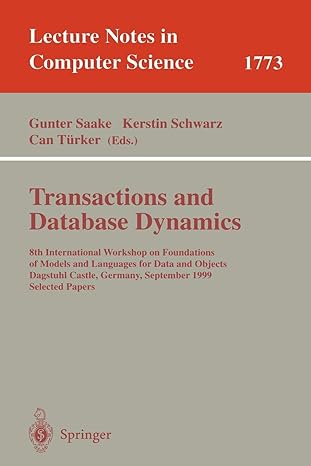Answered step by step
Verified Expert Solution
Question
1 Approved Answer
two _ d _ random ( n ) 1 , 0 0 0 times and calculate and print out the mean of the covered fractions
twodrandomn
times and calculate and print out the mean of the covered fractions for the given
Do not change the code below
int mainint argc, char argv
int trials ;
int seed;
if argc seed atoiargv;
else seed ;
srand seed;
for ;;
double sum ;
for trials;
double twodrandomn;
sum ;
printfd lf
n sumtrials;
return ;
Below is the desired output. We can use the output to check our code. You can optionally set the seed for the random numbers generated as a command line argument with dwalk seed
table$walk

Step by Step Solution
There are 3 Steps involved in it
Step: 1

Get Instant Access to Expert-Tailored Solutions
See step-by-step solutions with expert insights and AI powered tools for academic success
Step: 2

Step: 3

Ace Your Homework with AI
Get the answers you need in no time with our AI-driven, step-by-step assistance
Get Started


